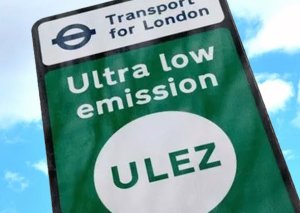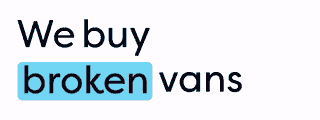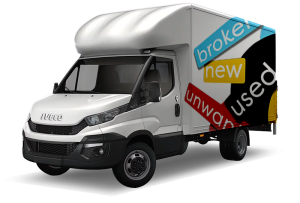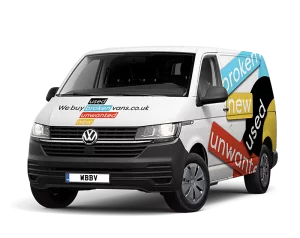

The Ultra Low Emission Zone (ULEZ) initiative aims to reduce vehicle emissions and improve air quality in urban areas, particularly in London. However, as with many environmental policies, ULEZ raises significant questions about social equity. While the benefits of cleaner air are undeniable, the policy’s impact on different communities, especially low-income groups, warrants careful examination. This article explores the social implications of ULEZ, focusing on how it affects various demographics and what measures are in place to support equitable outcomes.
Impact on Low-Income Communities
One of the primary concerns with ULEZ is its impact on low-income communities. Residents in these areas often rely on older, less expensive vehicles that are more likely to be non-compliant with ULEZ standards. The cost of upgrading to a compliant vehicle can be prohibitive, placing a disproportionate financial burden on those least able to afford it. This economic strain can exacerbate existing inequalities, making it harder for low-income families to meet their transportation needs.
Support Measures
To mitigate these impacts, several support measures have been introduced to help low-income individuals comply with ULEZ standards. These include grants and subsidies aimed at reducing the financial burden of purchasing a compliant vehicle. For instance, the Mayor of London’s scrappage scheme provides financial assistance to low-income Londoners, offering grants to scrap older, polluting vehicles and replace them with cleaner alternatives. Additionally, there are programs to support small businesses and charities in upgrading their fleets.
Case Studies
Consider the case of a low-income family living in an outer London borough. Prior to ULEZ, the family relied on an older diesel car for daily commutes and errands. Faced with the daily charge for non-compliance, they applied for the scrappage scheme and received a grant to help purchase a used, compliant vehicle. While the transition required some financial adjustment, the support measures made it feasible. In another example, a local charity was able to upgrade its delivery vans through a combination of grants and low-interest loans, ensuring it could continue serving the community without incurring daily charges.
Accessibility and Equity
Public transportation plays a crucial role in supporting social equity within ULEZ areas. For ULEZ to be truly effective and equitable, public transport must be accessible and affordable for all residents. Investments in public transport infrastructure, such as increased bus frequencies and extended routes, are essential. Programs like the Hopper fare, which allows unlimited bus and tram journeys within an hour for a single fare, make public transport more accessible to low-income individuals. Ensuring that all communities have reliable access to public transport can help mitigate the financial burden of ULEZ and promote greater social equity.
Health Benefits for Vulnerable Groups
ULEZ’s primary goal is to improve air quality, which has significant health benefits, particularly for vulnerable groups like children and the elderly. Reduced exposure to pollutants such as nitrogen dioxide (NO2) and particulate matter (PM) can lead to fewer respiratory issues, lower rates of cardiovascular diseases, and overall better health outcomes. For low-income communities that often face higher exposure to air pollution, these health benefits are particularly impactful. Cleaner air means fewer health-related absences from work and school, reducing indirect economic burdens on these communities.
Policy Recommendations
To ensure ULEZ promotes social equity, several policy recommendations can be considered. Targeted financial support should be expanded, with increased funding for grants and subsidies specifically aimed at low-income households. Community engagement is crucial; local governments should work closely with affected communities to understand their needs and concerns, ensuring that support measures are effectively communicated and accessible. Additionally, policies should focus on improving public transport infrastructure in underserved areas to provide reliable alternatives to private vehicle use.
Future Considerations
Looking to the future, enhancing social equity in ULEZ requires ongoing attention and adaptation. Stricter enforcement of support measures, ensuring that financial aid reaches those who need it most, is essential. Broader community outreach programs can help raise awareness about available support and encourage greater participation. As ULEZ standards potentially become stricter, continuous monitoring and adjustment of support mechanisms will be necessary to maintain equitable outcomes. Policymakers should also consider innovative solutions, such as low-interest loans for vehicle upgrades and incentives for car-sharing schemes, to further support low-income communities.
Conclusion
Addressing social equity in the implementation of ULEZ is critical to its overall success. While the environmental and health benefits of cleaner air are clear, it is essential to ensure that all communities, particularly low-income groups, can adapt to and benefit from these policies. By expanding targeted financial support, improving public transport, and engaging with communities, ULEZ can promote a more equitable and sustainable urban environment. Continued efforts to balance environmental goals with social equity will ensure that ULEZ serves as a model for inclusive and effective urban policy.



